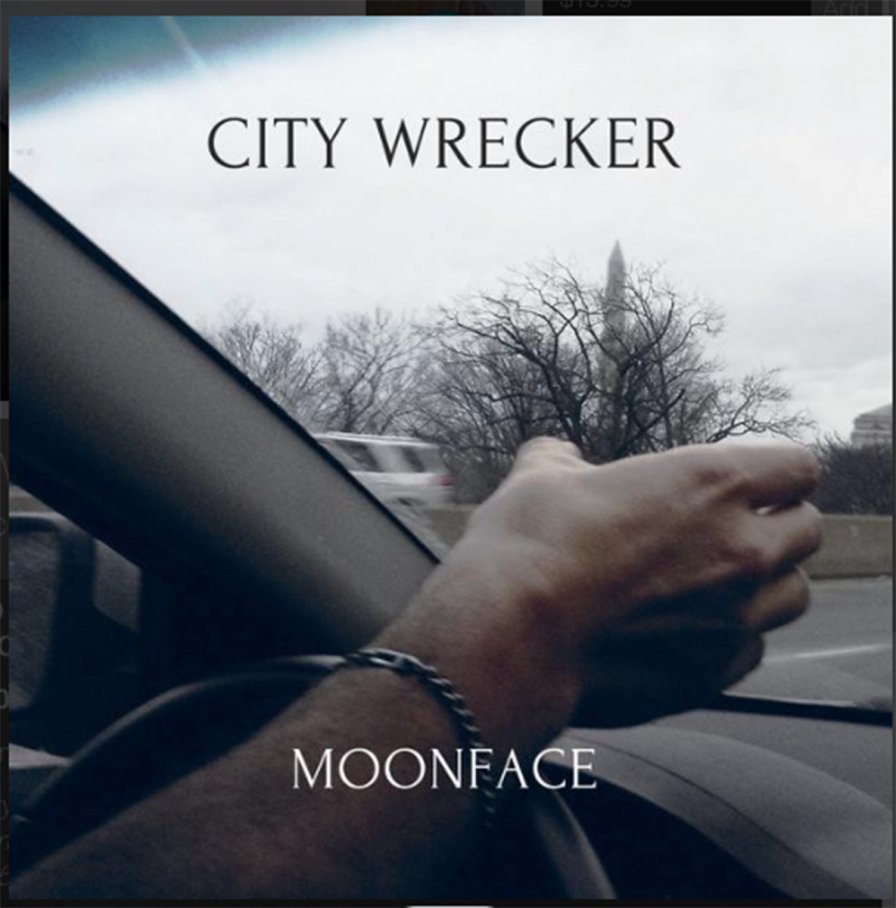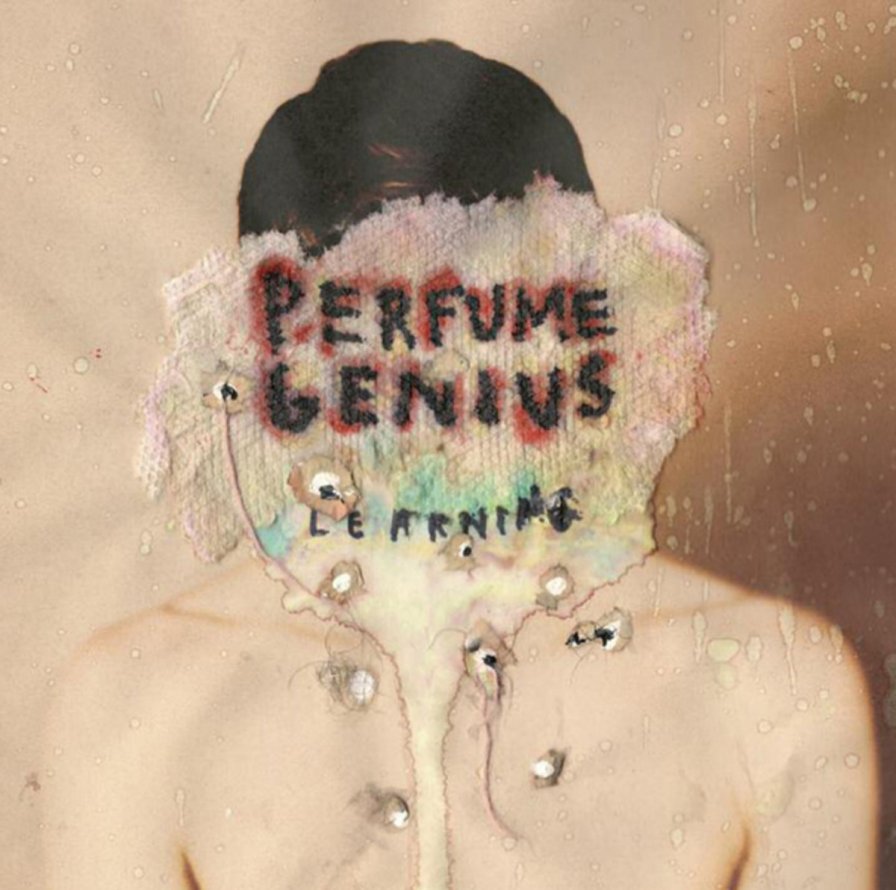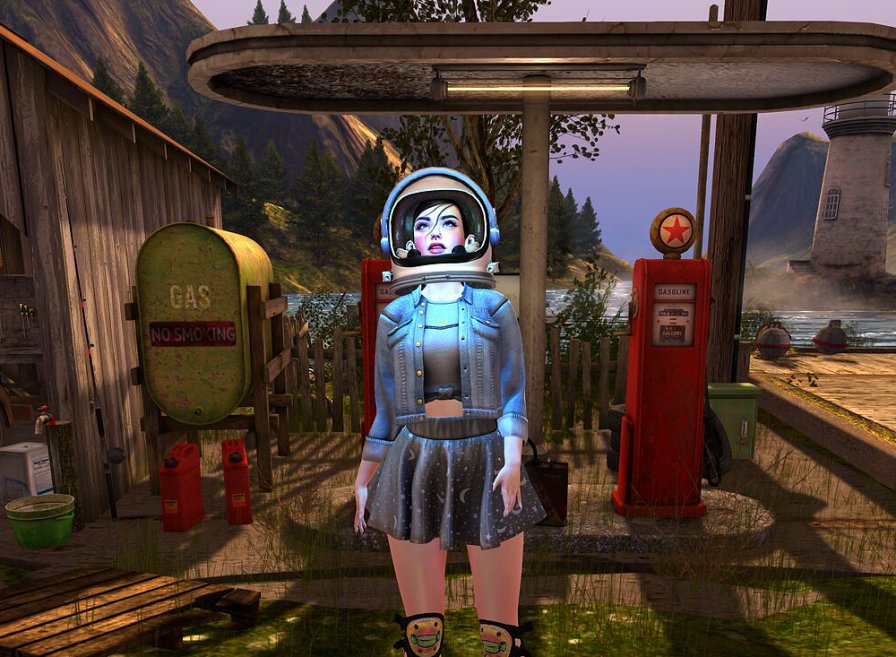We are celebrating the end of the decade through lists, essays, and mixes. Join us as we explore the music that helped define the decade for us. More from this series
Kawabata Makoto’s Mainliner
Revelation Space
[Riot Season; 2013]

The unexpected reappearance of Kawabata Makoto’s Mainliner with Revelation Space marked a revival of some of the best things about the extraordinarily debased rock of their definitive earlier album, Mellow Out: production blown-out to the point where Makoto’s guitar — leads or riffs as raw as you could hope for — frequently disintegrated almost to white noise, from repetition to dissipation. Still, the vocals were one of the things that made Revelation Space far more than just a retread — Bo Ningen’s Kawabe Taigen (sometimes also to be found collaborating with TMT favorite Foodman) was an inspired replacement for the currently “inactive” Asahito Nanjo, similar and yet distinctive. But if this still sounds too much like a “reunion album,” worryingly close to nostalgia, well for my part Revelation Space was formed of a set of sounds that bypassed every supposedly higher faculty in me. It perfected that sound, distilled something uncanny and essential from it; whatever historical and physiological quirks led to our appreciation for foolish things like distortion and feedback, Revelation Space conjured a hidden necessity in them. There’s something to be said for creating new sounds in new combinations, but there is also something to be said for pushing the substrate to the point of dissolution, while the form stays just scarcely perceptible beneath the surface.
Michael Pisaro
the earth and the sky
[Erstwhile; 2016]

From Webern through Cage, Nono through Wandelweiser, the thread running through this century of composition — incidental but ideological, even spiritual — found its beginning and end in silences. No matter the slipperiness of the experience or even the form, silence is myriad but definite: you know it when you hear it. In many ways (especially the weirdly particular ones), my encounters with Michael Pisaro over this decade have adjusted my hearing and have attuned my sense. Because of his work, I now listen better. This is a gift for which I’m unspeakably grateful. This retrospective, the earth and the sky, which to me stands out among the others (least of all because of the great album art), is the perfect entryway into his art. Listen, now; it will only become more necessary.
Midnight Sister
Saturn Over Sunset
[Jagjaguwar; 2017]

Midnight Sister’s Saturn Over Sunset was something of a breath of fresh air for me. With a shock of pink and blue, the album vamped its way into the end of the decade, unwaveringly mature and self-assured for a debut from a duo, neither of whose backgrounds were in pop music. Although it was noted for its evocations of old Hollywood, it got there by way of the art pop of the 2000s and the glam rock of the 1970s. Rooted in the past without being derivative, it avoided pastiche in creating something at once alien, familiar, and altogether vital. Dramatic but understated, its indulgences and eccentricities felt not forced, but like the guileless product of creating something for the joy of making it. Delicate but chaotic, it recalled the sensibilities of Broadcast and Deerhoof without sounding anything like them. Haunting and mischievous, its charms were overt enough to seduce but with enough depth to continually surprise. The rare album that makes me laugh, it was a work of contradictions I’ll be revisiting for a long time.
Moonface
City Wrecker
[Jagjaguwar; 2014]

This one’s for the dragonslayer! For melodrama, romance, and devastation. When pressed, in my fantasies, where this sort of question gets asked, I told you that my Favorite Album of All-Time is either Nina Simone & Piano or Grouper’s Ruins. Or this. Ten years of music to pick from, and this embarrassing little companion EP picked me, all because, “A daughter of a dove keeps me.” Released on my hometown label soon after I’d moved to Chicago and long before I would move to Austin, City Wrecker remained the perfect score for transitions, which in my experience involve upheaval, wrecking self-doubt, and the ruins I left behind in myself, all this water. I’m grateful for it. For Gil and Paps, whose pianos captured my ear before I could write. For Swan Lake and Gumshoe’s pan of Beast Moans, the first Tiny Mix Tapes review I ever read. For Cokemachineglow, whose curtain call provided me a blueprint for music writing. For Sunset Rubdown, Wolf Parade, and Moonface. For Spencer Krug’s cigarette in 2006 and his long hair in 2016. This black-and-white piano sounded the spirituality I needed, the heartbreaking bravery it takes to split the difference between what I know deep down and what I pretend, between the things I do and the things I say, between you and me.
Motion Sickness of Time Travel
Ballades
[Hooker Vision; 2013-2014]

I’d always been someone in between. Someone who wouldn’t fit neatly into the demographic checkboxes people are fond of these days. Hell, been that way growing up. I didn’t live in the suburbs, but I didn’t live in the rural backroads that mark the western half of Rhode Island either. I lived in between. Many contemptuous people, their noses upturned, would call it the “edge of civilization.” But that’s been my life. It was never one thing or the other. In this rigid walled-up world of ours, that’s unforgivable. It made me “special,” a marking nobody should ever want though they crave it now. But what can I do? [Music reminds me of who I am.] The sounds that envelop me help me remember the places I’ve been, where I didn’t belong for one reason or another. Some might find this obstinate, but that’s simply because they fear the past. Of course, I’ve never indulged in nostalgia: Tragedies and rejection littered the timeline. Rather, I tried to understand my mistakes, understand the situation more, so I can do better. This can be the only way forward: Through the rural backroads, over the blank spaces of suburbia, past the battle lines of urban neighborhoods. [I will need to stand up for myself.] But that’s something I’ve always done, no matter the cost.
Niño de Elche
Antología del Cante Flamenco Heterodoxo
[Sony; 2018]

We were in the living room of my apartment in Cartagena trying to put together a desk chair, me & my cousin. I’d bought a mini boombox for the living room to play from my CDs, but couldn’t think of anything in my collection that my cousin in his early fifties could get into. So I connected my phone via Bluetooth… OK, “Recently Added”… hmm, I’m not sure if you’re gonna dig this — it’s, like, experimental flamenco. Just give it a shot. A few songs in: Wait, let’s skip this one — it’s a nine-minute organ drone piece. “No, no, it’s nice — leave it.” OK, not the next one though — it’s a collage of manipulated vocal samples. “Wait — let me see.” By the time we reached “Recitando de Eugenio Noel” we’d skipped nothing of Niño de Elche’s nearly two-hour, monumental double-record; some the most fascinating — no, fucking genius — music the decade produced. With the voice of Francisco Contreras Molina — which I refuse to describe as anything but imponente — rising into a crescendo over a polyrhythm of cajones, castanetas y palmas, the desk chair faded into a vague haze: Quiet, music is happening. When we woke up, we forgot where we’d left the screwdriver.
Oren Ambarchi
Audience of One
[Touch; 2012]

Maybe it’s too much to say that Oren Ambarchi’s Audience of One lays itself bare from its beginning rather than its notable, commanding centerpiece, “Knots”? But so much is made of epics, especially as this entire album flows seamlessly throughout. This album is full of retrospective consideration, even nostalgia, that you happen upon each track as though it is, itself, a phenomenology of its own inception, a gesture toward near-Proustian storytelling. Or maybe I’m wrong. Maybe Audience of One is a brute fact of growth; indeed, this album is like a hinge for Ambarchi, the work opening onto yet another phase of his art. It ends with a glorious, almost corny celebration of the matter of which it’s made. And yet: I should heed James’s words: “music. is. never. abstract.” It’s we who are abstract. I’m making too much of this, reading too much into all of it. Grasping. But sitting here, I remember my first encounter with this incredible album: I was out on a walk, and this music shimmered and shook the world. Seven years later, I’m still shaken and remembering. There is a desire to read too much into works like these, but they’re already smarter than us. They know who their audience is.
Pepe Deluxé
Queen of the Wave
[Asthmatic Kitty; 2012]

I started writing about music sometime after the millennium, but it wasn’t until Mr P took me on at Tiny Mix Tapes in 2004 that my Almost Famous dream became real. It’s been an honor to write for him over the years and a profound pleasure to see what this publication has become, often because and occasionally in spite of my own contributions. That said, though I am grateful for having worked with one of the most creative, humorous, and supportive editors I’ve ever known, I am willing to stake my entire career as a critic on Queen of the Wave by Pepe Deluxé.
No other album that I’m aware of has been as imaginatively ambitious yet so modestly funded. It took this independent Finnish collaborative art project, helmed by mad producer James Spectrum and ace tunesmith Paul Malmström, some six years to complete this three-part psychedelic surf rock Cirque du Soleil-in-a-sauna apocalyptic acid trip baroque pop opera, which finally saw the light of day in 2012. It featured nearly every organ ever created (including the world’s largest instrument, the Great Stalacpipe Organ), recorded with a gear list of incomparable eclecticism (from a cosmonaut mic and a wire recorder to a pneumatic rhythm machine and a Tesla coil synthesizer), while the whimsical libretto was based on an automatically channeled book about Atlantis. It”s insane.
The group subsequently sold a one-off original EP to legendary pornstar Ron Jeremy in order to fund a follow-up full-length, which they are still working on at the time of this writing, many years later. They may burn that record in the woods in tribute to Jean Sibelius for all we know. What is certain is that Queen of the Wave is not only one of the most incredible albums of this decade, but of all-time and in any conceivable dimension. I felt that way the first time I heard it, and, if anything, that feeling has only become stronger over time. If this is the hill that I must die on, so be it.
Perfume Genius
Learning
[Matador; 2010]

“No one will answer your prayers/ Until you take off that dress.” The album’s opening couplet captured in a knot of little words the long history of subjugation of gender otherness and otherness in general, chillingly set to a jaunty piano four-hands arrangement, victim and perpetrator together. “But you will learn to mind me/ And you will learn to survive me.” Mike Hadreas drew intimate, second-person sketches of suffering, his heart overflowing with compassion, cutting in snippets of narrative — a girl hiding the mouthwash from her mother, a teacher making a tape of Joy Division for the student whose “body kept him up at night.” The default setting was Hadreas alone at his Caretaker-timbered piano, but elsewhere there were majestic, billowing organs and lovely codas of distorted filigree, all around a core of darkly banging melodies. “Lookout Lookout” had a moment of black humor — “you carved out a name for yourself” referenced 11-year old murderer Mary Bell, who carved her initial into her victim’s abdomen — but that was an outlier in an album that did its best to stretch its slender arms around haunted cathedrals of pain.
Pharmakon
Abandon
[Sacred Bones; 2013]

Few artists spoke with the raw intensity of Margaret Chardiet in this decade, but it was her first statement that stands as the starkest and most brutal of her work so far. Abandon’s shattering vocals over a minimal, percussive noise formed the foundation for Chardiet’s imagistic lyrics, explorations of the vegetal, bestial body cast in the purifying violence of fire and hatred. From the initial scream that obliterated into a single tone, Chardiet manipulated her voice to merge with the violent industrial backdrop, obscuring the edges of embodiment and realizing the lyrics’ craving for separation from the body. On “Crawling on Bruised Knees,” a sputtering tremolo cut up Chardiet’s voice as she intoned that she’s “bound to a vision [she has] not yet created.” It’s difficult to imagine a vision surpassing Abandon, but we look forward to Pharmakon’s further realization in the 2020s.
We are celebrating the end of the decade through lists, essays, and mixes. Join us as we explore the music that helped define the decade for us. More from this series
